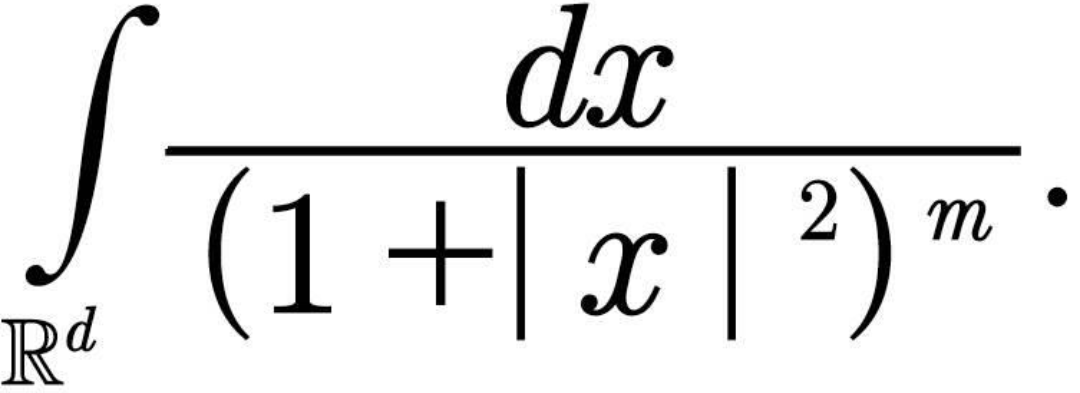
AllQuestion and Answers: Page 1477
Question Number 63835 Answers: 0 Comments: 1
Question Number 63834 Answers: 0 Comments: 2
Question Number 63833 Answers: 0 Comments: 0
Question Number 63832 Answers: 0 Comments: 5
Question Number 63831 Answers: 1 Comments: 0
Question Number 63824 Answers: 0 Comments: 1
Question Number 63822 Answers: 0 Comments: 1
Question Number 63803 Answers: 1 Comments: 4

Question Number 63784 Answers: 0 Comments: 6
Question Number 63769 Answers: 1 Comments: 1

Question Number 63782 Answers: 1 Comments: 4
Question Number 63812 Answers: 0 Comments: 2
Question Number 63823 Answers: 0 Comments: 0
Question Number 63763 Answers: 0 Comments: 1

Question Number 63758 Answers: 0 Comments: 6
$$\mathrm{Tanmay}\:\mathrm{Sir}.\:\mathrm{Are}\:\mathrm{you}\:\mathrm{ok}\:? \\ $$
Question Number 63751 Answers: 0 Comments: 0
$$\mathrm{Where}\:\mathrm{is}\:\mathrm{sir}\:\mathrm{tanmay} \\ $$
Question Number 63790 Answers: 2 Comments: 0

Question Number 63789 Answers: 0 Comments: 0

Question Number 63788 Answers: 1 Comments: 0

Question Number 63750 Answers: 1 Comments: 2

Question Number 63748 Answers: 0 Comments: 0

Question Number 63747 Answers: 0 Comments: 1
Question Number 63792 Answers: 0 Comments: 0

Question Number 63738 Answers: 0 Comments: 0
Question Number 63722 Answers: 1 Comments: 6
Question Number 63721 Answers: 1 Comments: 2
Pg 1472 Pg 1473 Pg 1474 Pg 1475 Pg 1476 Pg 1477 Pg 1478 Pg 1479 Pg 1480 Pg 1481
